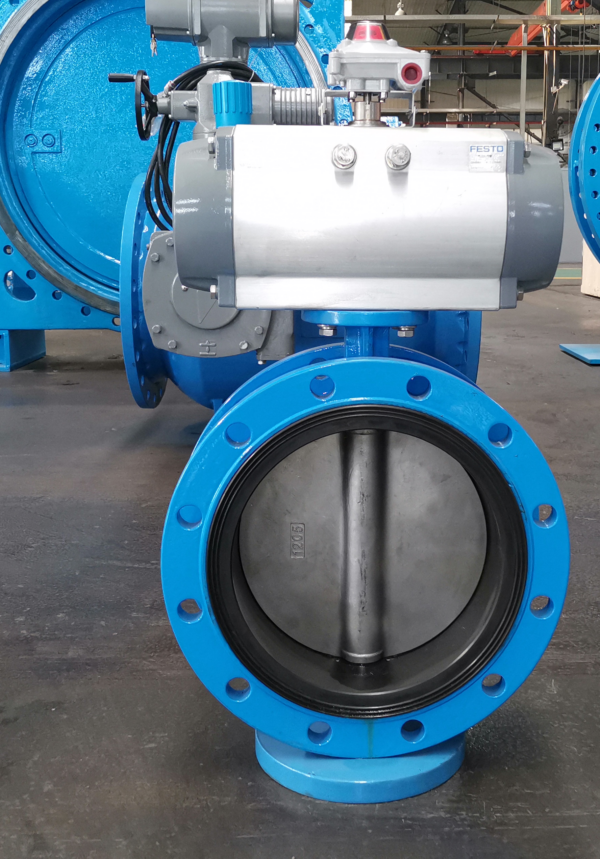Preventing seat leakage in stainless steel check valves requires careful selection, proper installation, and regular maintenance to ensure optimal sealing performance.
Here are several measures to help prevent seat leakage:
- Proper Material Selection: Choose a stainless steel check valve with appropriate seat material that offers excellent resilience, durability, and chemical resistance. Common seat materials for stainless steel check valves include EPDM, NBR, Viton, PTFE, and metal-to-metal seating options. Select a seat material that is compatible with the fluid being handled and the operating conditions of the system.
- High-Quality Manufacturing: Select check valves from reputable manufacturers known for producing high-quality, precision-engineered valves. Ensure that the valves are manufactured to industry standards and undergo rigorous quality control measures to ensure proper seat machining, surface finish, and dimensional accuracy.
- Proper Installation: Install the stainless steel check valve according to manufacturer recommendations and industry best practices. Ensure that the valve is installed in the correct orientation with the flow direction indicated by the arrow on the valve body. electric pneumatic butterfly valves Use appropriate gaskets, seals, and fasteners to ensure a tight and secure connection between the valve and piping system.
- Optimal Pressure and Temperature Conditions: Operate the stainless steel check valve within its specified pressure and temperature limits to prevent excessive stress on the seat material. Avoid exceeding the maximum pressure or temperature ratings of the valve, as this can lead to seat deformation, degradation, or failure.
- Regular Inspection and Maintenance: Implement a regular inspection and maintenance program to detect and address any potential issues with the valve’s seating surfaces. Inspect the valve periodically for signs of wear, corrosion, or damage to the seat and sealing surfaces. Clean the valve and remove any debris, scale, or buildup that could interfere with proper sealing.
- Seat Repair or Replacement: If seat leakage occurs, assess the extent of the damage and consider repairing or replacing the seat as necessary. Minor seat damage may be repaired using appropriate sealants or coatings, while more severe damage may require seat replacement. Consult with the valve manufacturer or a qualified technician for guidance on seat repair or replacement procedures.
- Proper Valve Operation: Operate the stainless steel check valve in accordance with its intended purpose and design specifications. Avoid excessive cycling, slamming, or shock loading that can cause accelerated wear or damage to the seating surfaces. Ensure that the valve is properly maintained and operated to prolong its service life and prevent seat leakage.
By following these preventive measures and best practices, you can help prevent seat leakage in stainless steel check valves and ensure reliable sealing performance in your piping system. Regular inspection, maintenance, and adherence to manufacturer guidelines are essential for maintaining optimal valve performance and preventing costly downtime or repairs due to seat leakage.

What are the sealing mechanisms used in electric pneumatic butterfly valves?
